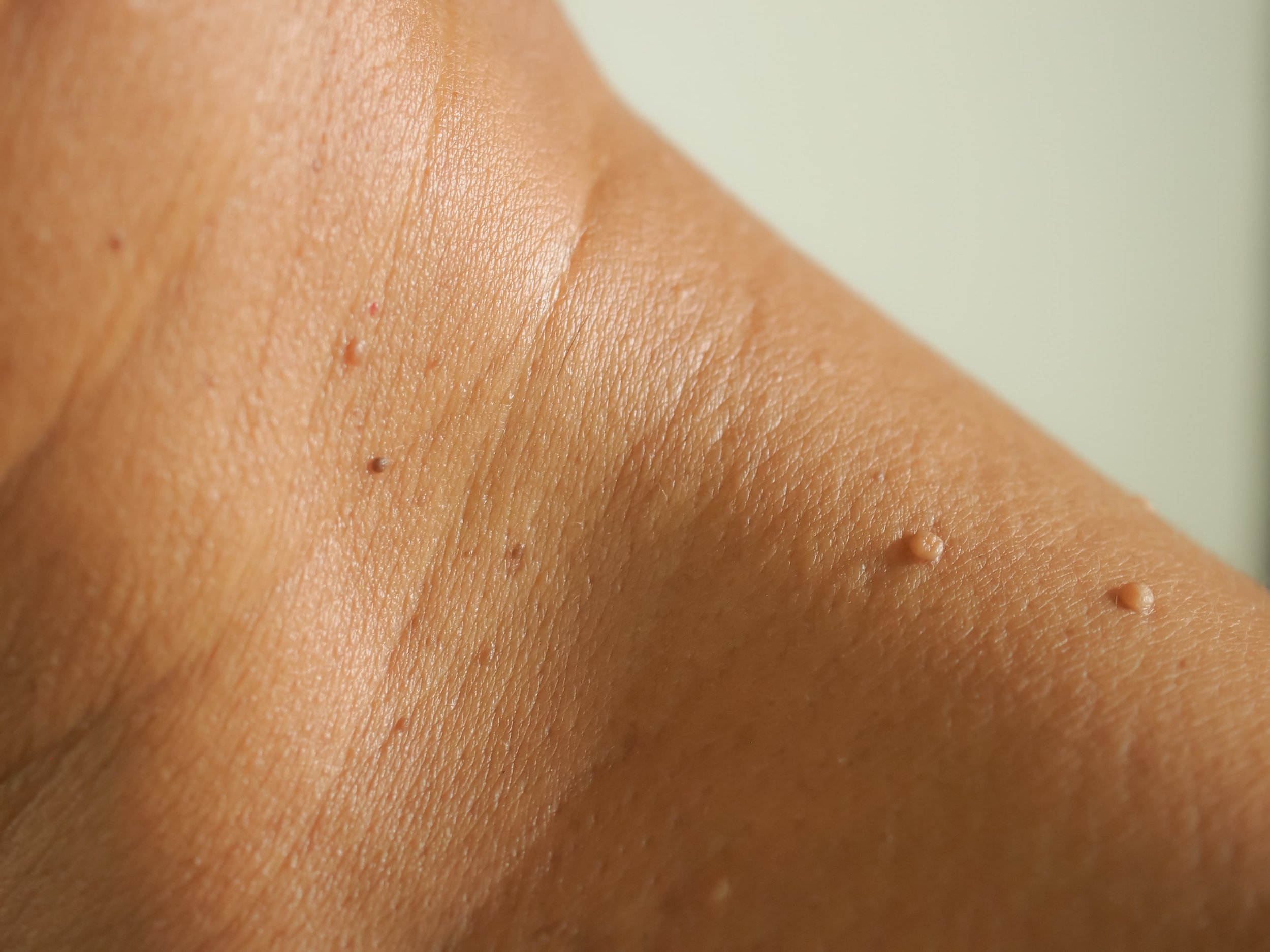How to Determine Your Skin Type?
Knowing your skin type is the foundation of any good skincare routine. When you choose products that fit your skin’s needs, you can avoid problems like irritation, dryness, or breakouts. But many people still wonder, “What is my skin type?” Finding the answer can feel confusing, especially with so many products marketed for different skin concerns.
Thankfully, there are simple methods that can help. In this guide, you’ll learn how to know your skin type and discover how it affects your skincare routine.
Common Skin Types
There are five main types of skin, each with distinct characteristics. Normal skin is well-balanced, meaning it doesn’t get too oily or too dry. It has a smooth texture, minimally visible pores, and rarely experiences breakouts. Oily skin is defined by its shiny appearance and excess sebum production, especially in the T-zone. People with oily skin may struggle with enlarged pores and are more prone to acne-prone skin conditions.
Dry skin lacks moisture and often feels rough or tight. It can become flaky and irritated, especially after cleansing or exposure to harsh environmental factors. Combination skin has both oily and dry areas, making it one of the more challenging types to manage. The T-zone is typically oily, while the cheeks are dry or even flaky. Sensitive skin is highly reactive and prone to redness, itching, and irritation, especially when exposed to harsh skincare products or synthetic fragrances.
How to Know Your Skin Type by Simple At-Home Tests?
There are easy methods you can try at home. One of the most popular is the Bare-Faced Method. Start by washing your face with a gentle cleanser, then pat it dry. Don’t apply any additional skincare products. Wait for about 30 minutes and observe how your skin feels and looks. If it feels tight and rough, you likely have dry skin. If your face appears shiny all over, you probably have oily skin. For those with combination skin, the T-zone will look oily while the rest of the face feels dry. If your skin feels calm and balanced, you may have normal skin. If it becomes red or irritated, sensitive skin could be your answer.
Another method involves using blotting paper to test for oil levels. Gently press a piece of blotting paper on different parts of your face. If the paper picks up oil from all areas, you have oily skin. If it picks up oil only from the T-zone, you have combination skin. Little to no oil on the blotting paper suggests dry skin, while a balanced amount indicates normal skin. This simple approach helps you understand your skin type without the need for expensive tools or tests.
How Skin Type Affects Skincare Routines
The type of skin you have determines how well it responds to skincare products. Oily skin, for instance, has overactive sebaceous glands that produce excess sebum. This can lead to noticeable shine, enlarged pores, and even acne-prone skin. People with oily skin often need products that help control oil production without stripping the skin of its natural moisture. On the other hand, dry skin lacks sufficient oil and often feels tight and rough. It benefits from rich moisturisers that restore hydration and prevent flakiness.
Those with combination skin face the unique challenge of having oily areas, usually the T-zone (forehead, nose, and chin), while other areas, like the cheeks, are dry. Skincare routines for combination skin need to strike a balance by addressing both dryness and oiliness simultaneously.
Sensitive skin requires extra care since it can react easily to environmental factors or certain active ingredients in products. A proper skincare routine for sensitive skin includes soothing, calming products that reduce the risk of irritation.
Environmental conditions like weather, humidity, and pollution also affect how your skin behaves. For example, cold weather can make dry skin worse, while hot weather can increase oil production.
How to Adjust Your Skincare Routine Based on Skin Type?
Once you know your skin type, it’s time to create a skincare routine tailored to its needs. If you have oily skin, use facial cleansers that control the production of sebum and minimise visible pores. Opt for lightweight, oil-free moisturisers that won’t clog your pores. Avoid products with heavy oils or thick textures, as they can make excess sebum worse. Regular exfoliation can help remove dead skin cells and prevent clogged pores.
For dry skin, choose rich moisturisers with ingredients like hyaluronic acid to boost hydration. Avoid hot showers, as they can strip your skin of its natural oils, making dryness worse. Use gentle cleansers that won’t disrupt your skin’s natural balance, and consider using a humidifier to add moisture to the air. Sensitive skin requires extra care, so opt for products labelled for sensitive skin. Look for calming ingredients like aloe vera or chamomile, and avoid harsh active ingredients.
Combination skin benefits from using different products on different areas of the face. A gentle cleanser works well overall, but you may need a mattifying product for the T-zone and a hydrating cream for drier areas.
Normal skin can follow a balanced skincare routine using basic products like a gentle cleanser, a hydrating moisturiser, and sunscreen. However, environmental conditions may require adjustments from time to time, such as adding extra hydration in colder months or using a lightweight moisturiser in the summer.
Conclusion
Determining your skin type is essential for maintaining healthy skin and creating an effective skincare routine. Simple methods like the Bare-Faced Method and blotting paper test can help answer the question, “What is my skin type?” Once you understand your skin type, you can choose products that support your skin health and avoid common issues like dryness, irritation, or excess oil. Remember, skin type can change over time due to environmental conditions, age, or lifestyle, so it’s important to reassess your skin’s needs regularly.



